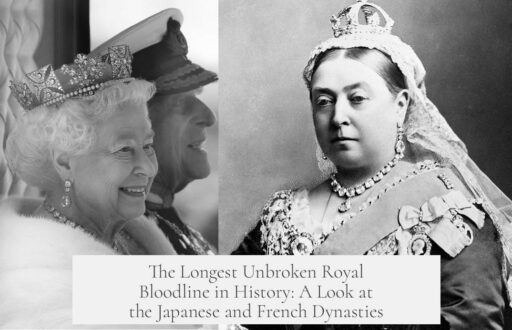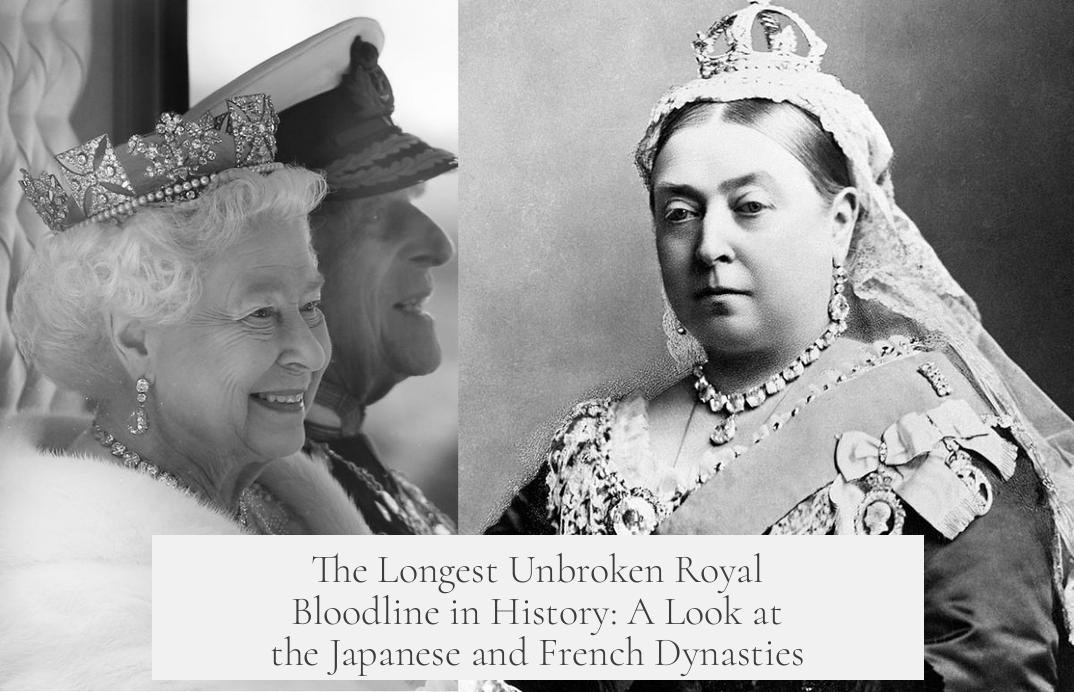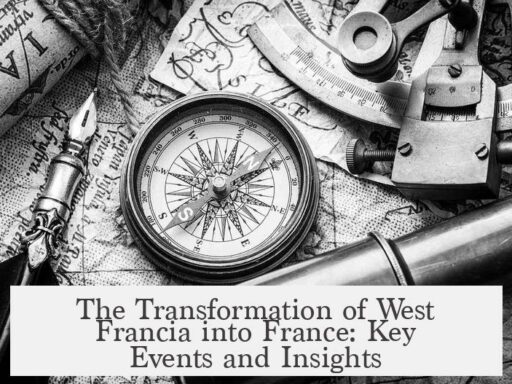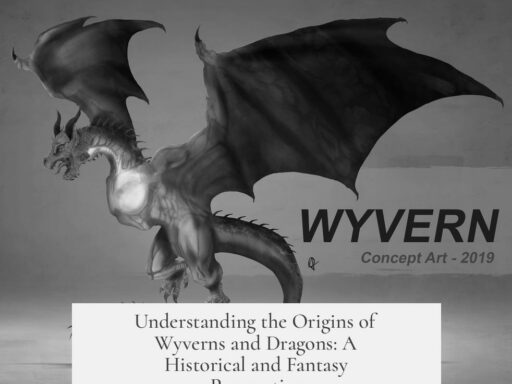The longest unbroken royal bloodline to ever stay in power is the Japanese Imperial Family, which has maintained a continuous line from the early 6th century AD, specifically from Emperor Keitai, and claims mythological origins extending nearly 1,000 years before that.
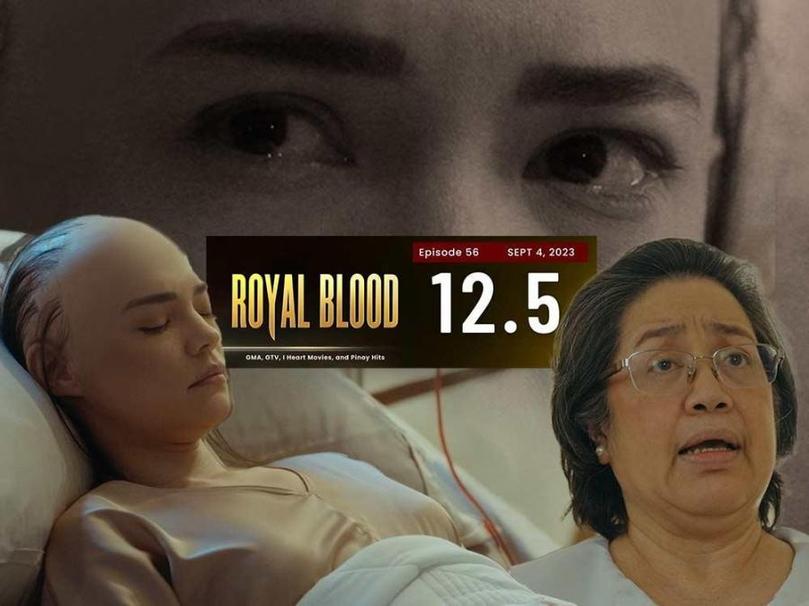
The Japanese Imperial Family represents the official longest dynasty due to its male-bloodline descent largely uninterrupted since at least the 6th century. The current Emperor Akihito is recognized as the 125th emperor in this line, combining historical and legendary predecessors.
This dynasty’s endurance partly results from the nature of imperial power in Japan. While emperors served primarily as spiritual and ceremonial figureheads, actual political control was often exercised by shoguns or aristocratic rulers. This reduced internal power struggles aimed at removing the emperor, helping maintain the unbroken lineage and preventing dynastic upheavals.
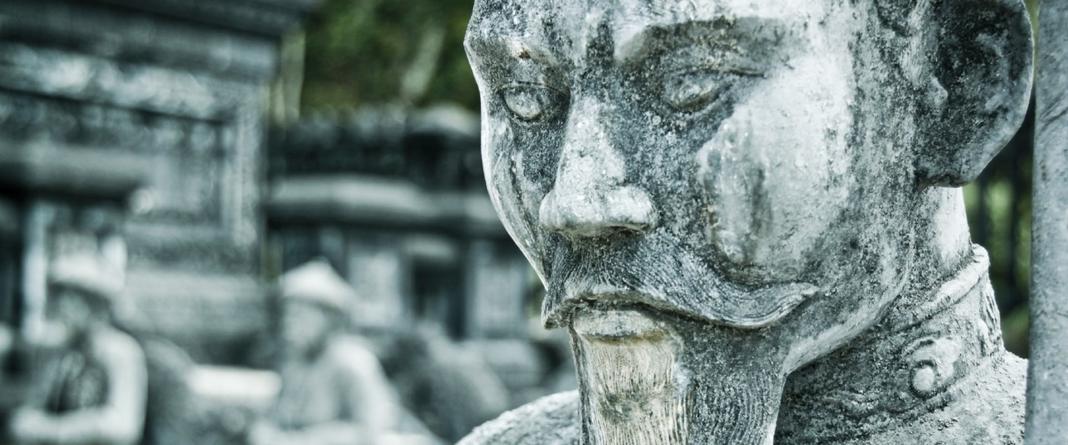
By contrast, the French Capetian dynasty holds the record for the longest continuous male-line rule with active political power. It began around 987 AD with Hugh Capet and lasted for approximately 805 years until the execution of Louis XVI in 1792. Despite being split into branches such as Capet, Valois, Bourbon, and Orléans, all the French kings descended from Hugh Capet’s male line.
The Capetians influenced French history beyond their formal reign. Ancestors like Robert I and Odo/Eudes contributed earlier royal heritage, and even after 1792, Louis XVI’s brothers and a Capetian cousin returned to kingship in the 19th century, showing resilient dynastic stature.
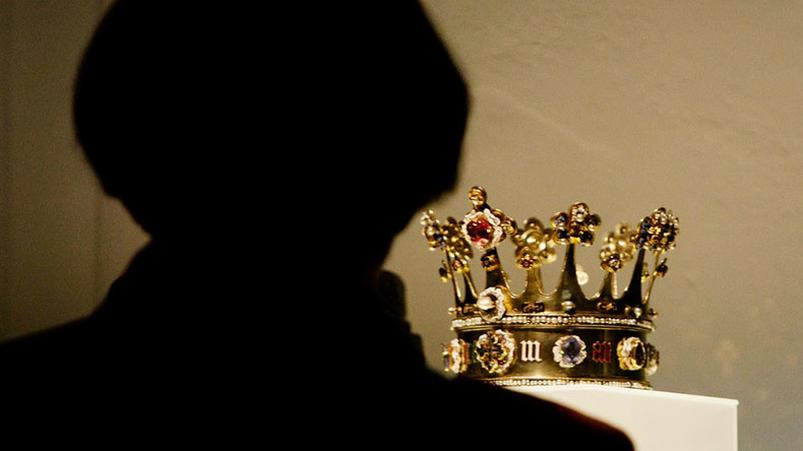
Evaluating unbroken royal bloodlines relies heavily on definitions. Some accept only male-bloodline descent, others include periods of reduced power or interruptions. The Japanese family’s special status stems from uninterrupted lineage, while the Capetians demonstrate long-term actual sovereignty.
- Japanese Imperial Family: Unbroken lineage since 6th century AD; over 1,500 years including mythological past
- Role predominantly ceremonial, limiting threats to continuity
- French Capetian dynasty: Longest male-line rule with real power (805 years)
- Capetian branches all descend from Hugh Capet
- Definitions of dynasty and continuity impact assessments of longest ruling line
What Is the Longest Unbroken Royal Bloodline to Ever Stay in Power?
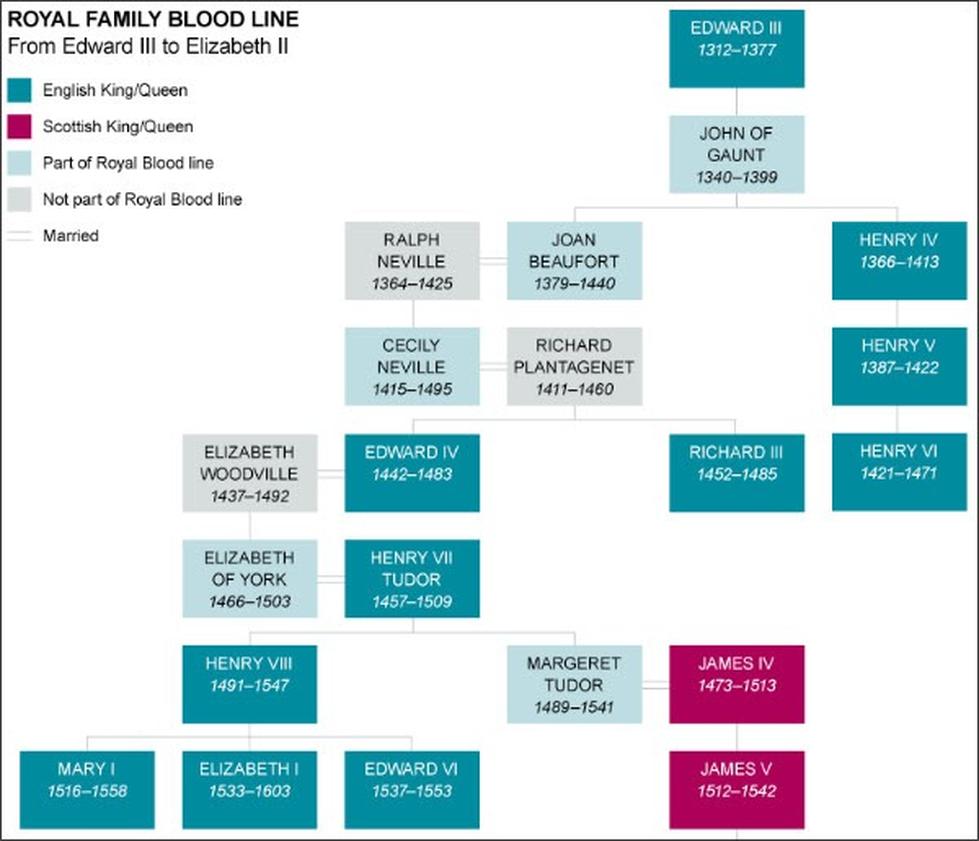
If you’re wondering about the longest unbroken royal bloodline to ever stay in power, the answer depends on how you slice it. But officially, the Japanese Imperial Family takes the crown for the longest unbroken dynasty historically—and mythologically—stretching back more than 1,500 years. However, if you zero in on actual political power, the French Capetian dynasty leads, ruling continuously in the male line for over 800 years.
Let’s dig into the fascinating details that make this a question with more nuance than you might expect.
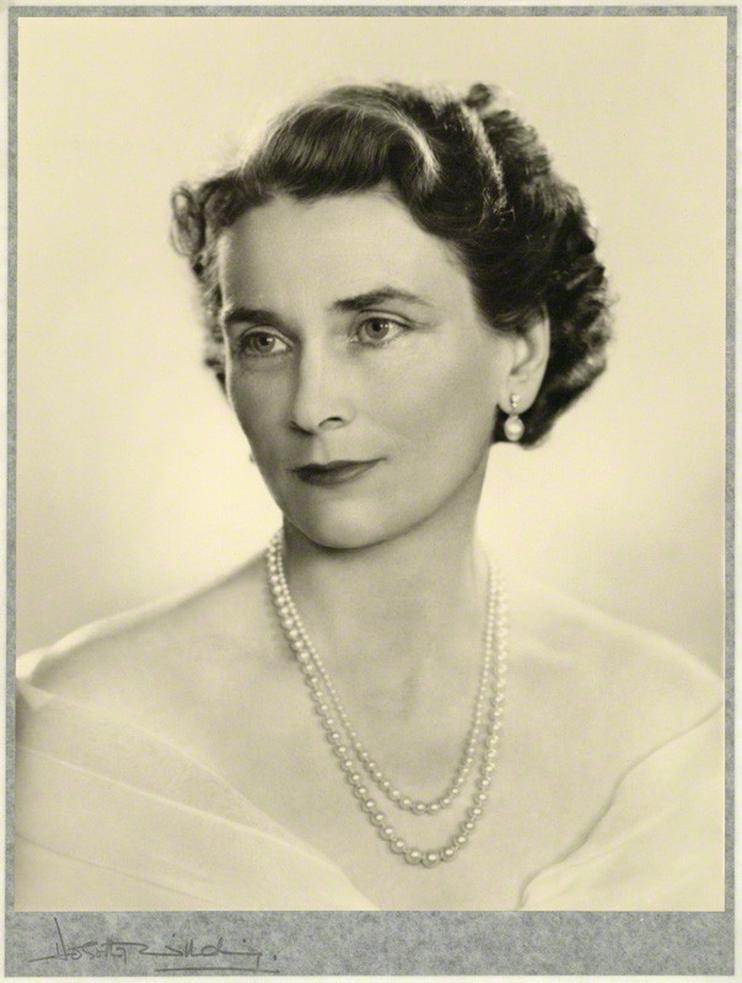
Defining “Unbroken Royal Bloodline” and Why It’s Tricky
Before jumping to conclusions, it’s key to nail down what “unbroken royal bloodline” means. Do we count only those who actually ruled with real power? Or any time a dynasty held the throne, even ceremonially? What about periods when rulers had little actual influence or faced rivals?
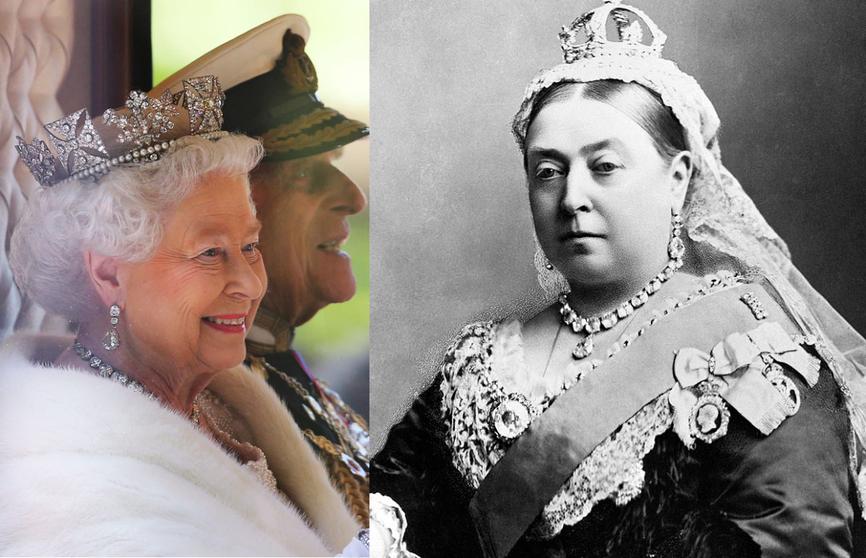
Mostly, historians agree that male-bloodline descent—passing from father to son—is how you define an unbroken dynasty. That means no breaks from the direct family line. But there’s wiggle room. Some scholars are willing to overlook times of weakened authority or counter-claimants to keep the line “unbroken.” After all, if you start cutting every small interruption, you might lose interesting dynasties.
So, armed with this lens, we can look at the two leading candidates in this royal bloodline marathon.
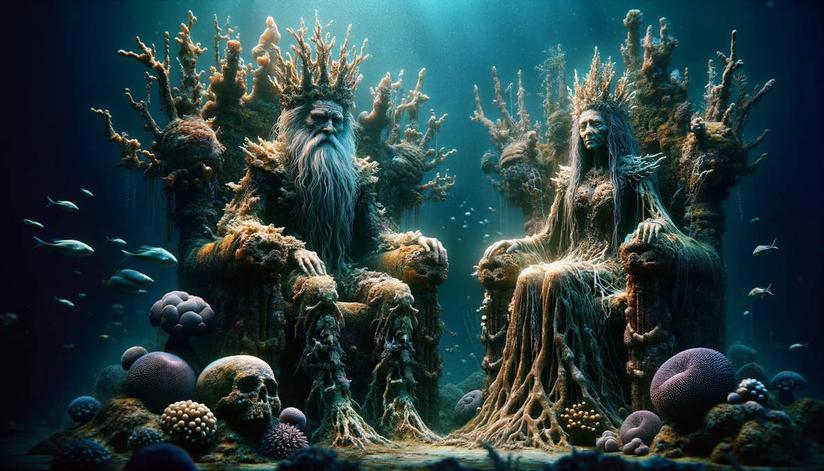
The Japanese Imperial Family: The Unrivaled Ceremonial Champions
The Japanese Imperial Family holds the title for the longest unbroken royal lineage officially recorded. Their roots trace back to Emperor Keitai, who reigned in the early 6th century AD. But here’s the kicker—this lineage also boasts mythological emperors stretching back a thousand years before Keitai’s time. It’s a royal family cocktail of history and legend blended into one impressive line.
Currently, Emperor Akihito (now emeritus, with Emperor Naruhito reigning) is officially recognized as the 125th emperor from this family. Yes, 125 generations from one family is no joke.
However, for much of Japanese history, the imperial role was mostly spiritual or symbolic. Actual political power often rested with the shoguns or powerful aristocrats who ruled behind the scenes. This setup meant there was little incentive to overthrow the imperial line. The Emperors were like beloved mascots—figures to honor but not replace.
This spiritual stewardship might not sound as thrilling as ruling with an iron fist, but it’s exactly why the dynasty’s continuity remains intact. When rulers are ceremonial, it’s harder for usurpers to use force or politics to cut their lineage short.
The French Capetian Dynasty: Power Players with Longevity
Now onto the French Capetians, the dynasty that truly mastered long-term power in the political arena. Their uninterrupted male-line rule lasted around 805 years, from 987 AD with Hugh Capet’s ascension to the tragic execution of Louis XVI in 1792 during the French Revolution.
What’s remarkable is that despite breaking into branches like the Capet, Valois, Bourbon, and Orléans houses, all kings came from Hugh Capet’s male line. So it wasn’t just a family tree; it was a living legacy stretching through centuries of war, intrigue, and statecraft.
The dynasty’s foundations run even deeper. Hugh Capet’s paternal grandfather and great-uncle were kings themselves—Robert I and Odo respectively—showing the family’s royal influence even before the official dynasty began.
After 1792, when the monarchy fell during the Revolution, the Capetian bloodline didn’t vanish from the throne entirely. Louis XVI’s brothers, Louis XVIII and Charles X, reclaimed the kingship later. Even a distant cousin, Louis-Philippe, became “King of the French” in the 19th century. The dynasty’s royal sway had some rebounds, proving the enduring grip of blood and power.
What Makes These Dynasties Fascinating and Relevant?
Why should anyone care about ancient royal bloodlines? Here’s the deal. These families show how power, influence, traditions, and legitimacy intertwine and endure over centuries. The Japanese Imperial Family teaches us that sometimes power isn’t about might but symbolism and continuity. The Capetians highlight gritty endurance in the messy business of politics and monarchy.
From a practical standpoint, history buffs, political scientists, and cultural enthusiasts find value in the stories of these dynasties. They show how succession laws, male-line descent, and political structures shape history. And let’s face it, who doesn’t love a good saga of kings, queens, battles, and drama over the centuries?
Tips for Exploring Dynastic Histories Yourself
- Look beyond just names and dates. Dynasties often intertwine with myth and political manipulation, so check multiple sources.
- Understand the context of power. Was the ruler a figurehead or an absolute monarch? It changes everything.
- Trace the male lineage carefully. Male-line descent usually counts, but some lines might have strategic adoption or marriages.
- Appreciate cultural impact. Even symbolic rulers influence national identity over centuries.
These pointers help in navigating the tangled webs of royal history without getting lost or fooled.
In Summary: Who Wins the Royal Bloodline Marathon?
| Royal Bloodline | Duration | Nature of Power | Key Highlights |
|---|---|---|---|
| Japanese Imperial Family | Over 1,500 years (historical + mythological) | Ceremonial and Spiritual | 125 Emperors; Minimal challenges due to symbolic role |
| French Capetian Dynasty | ~805 years (987 AD – 1792) | Actual Political Power | Male-line descent; multiple branches; Kings post-Revolution |
So, next time you’re debating the royal family that held the longest unbroken streak, remember: Japan’s imperial line claims the title for oldest unbroken lineage, while France’s Capetians own the record for longest male-line ruling dynasty with real political power.
Which royal saga fascinates you more? The quiet endurance of a spiritual empire or the turbulent throne battles of a political dynasty? Both offer timeless lessons on power, tradition, and legacy.
What defines an unbroken royal bloodline in history?
It depends on how one defines “dynasty” and “interruptions.” Often, male-bloodline descent is used as a key criterion. Some scholars overlook periods when the dynasty had weakened control or faced rival claimants.
Which royal family holds the longest unbroken bloodline by historical record?
The Japanese Imperial Family claims the longest unbroken bloodline. It traces back to Emperor Keitai in the early 6th century and mythologically even further, over a thousand years before that.
Why did the Japanese Imperial Family maintain power for so long?
Japanese Emperors were mostly spiritual leaders with limited political power. Real authority often rested with shoguns or aristocrats, which reduced risks of dynastic overthrow or coup against the imperial line.
Which dynasty held the longest continuous power with actual political control?
The French Capetian dynasty ruled continuously in male-line descent for about 805 years, from Hugh Capet’s ascension in 987 AD to Louis XVI’s execution in 1792.
Did the Capetian dynasty influence French history after their official end?
Yes. Though Louis XVI’s reign ended in 1792, his brothers and a distant Capetian cousin ruled France in the 19th century, continuing the family’s royal influence beyond the main continuous period.
